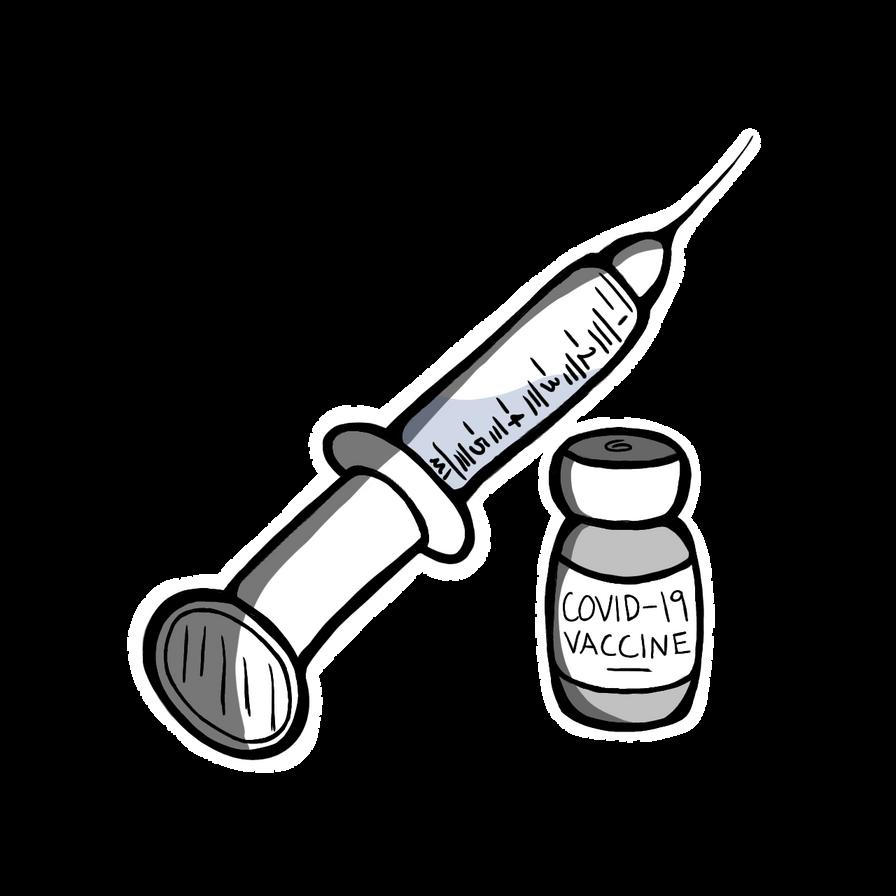
2 minute read
VACCINATIONS IN THE MIGRANT COMMUNITY
What do vaccination rates look like in the agricultural community?
In December of 2021, the Center for Disease Control reported that 85% of adults in the United States were vaccinated against COVID19. Restrictions have eased as a result of this, and most people have returned to life as it was before the pandemic. However, are we really safe from the threat of COVID-19? While the numbers stated previously show tremendous progress in vaccinations as a nation, they do not necessarily indicate how well our community has responded to the virus. According to state data, Fresno is currently 60.5% vaccinated.
Advertisement
This means that we still have a long way to go before reaching herd immunity. But in order to keep getting people vaccinated, we must know about specific issues preventing those not already vaccinated from receiving their doses. One community I decided to focus on was the migrant worker community, which is especially prevalent in the Fresno area.
The main questions that I had were about how many workers were vaccinated and whether or not they believed in the efficacy of the vaccines. To gather this information, I connected with one of my family’s contacts who works almost exclusively with migrant workers.
Together, we conducted a survey of 20 people regarding these questions, and what we found hinted to me that the problem was more complex than I previously conceived.
At first, we asked about the state of health care facilities. It seemed as though almost every worker that was interviewed had access to a variety of clinics, many of which were specifically catered to migrant workers. However, it was clear that these clinic
Multiple people mentioned that the services th were below average, with the most common is being long response times and too much pape After many reports of the same problems, it wa revealed why this was the case.
by Anirudh Srikrishna
Most of these workers were on medical benefits, and because of this, the clinics didn’t expect their patients to have documentation or be able to pay their expenses upfront, and subsequently gave them less care. This is a major concern when getting people vaccinated. If clinics give less importance to those with worse financial situations, it creates lots of inconveniences for the migrant workers and may dissuade them from receiving the vaccine.
Another question that we had was about whether the workers believed in the efficacy of the vaccine or not, which produced equally intriguing results. Most mentione doubts about the effectiveness of the va be a common set of misinformation abo
While most had no problem with the vac didn’t receive their doses due to the bel only needed the vaccine if their immune compromised. However, personal prote not the only benefit of the vaccine. It is made to protect other people, as a hea person can still end up spreading the disease to someone who is more vulnera
Another misconception that seemed to be prevalent was about the side effects of the vaccine. Many were slightly hesitant to take it because of what they’d heard about other people’s experiences with the vaccine’s side effects. Now, it may seem as though taking a vaccine is a bad idea when seeing a family member or close friend go through the side effects, but it must be understood that the consequences of not taking the vaccine at all could be several times worse for these loved ones.

It is no argument that the vaccination rate in our community is lower than it needs to be. It is clear that our clinics need to develop better relationships with their patients to encourage them to vaccinate. It is also mandatory that we educate ourselves on the purposes and effects of the vaccine before we form preconceptions about it.
Although it may take some time before these actions take place, there is no doubt that they will lead to a safer Fresno for everyone.


